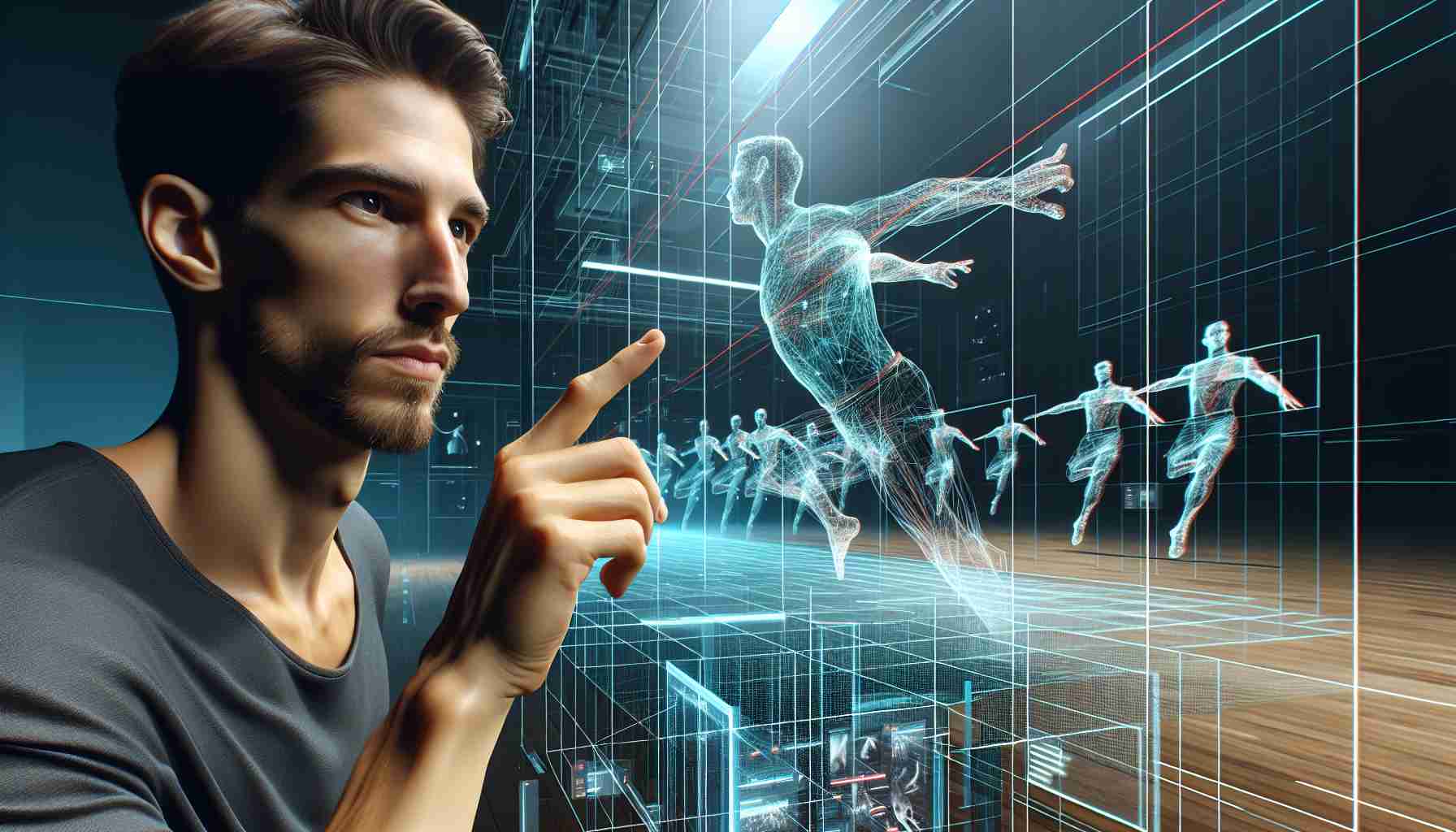- Fame and family life require balance, as shown by Claude Dartois training in southern France.
- Modern technology enables connections despite distance, allowing for virtual rehearsals.
- Dartois uses video calls to collaborate on choreography between France and Paris.
- The flexibility of virtual setups highlights the importance of adaptability in all areas of life.
- Commitment to excellence and adaptability are essential skills demonstrated by performers.
- Televised dance shows on TF1 illustrate resilience and innovation beyond just the performances.
Balancing fame and family life can become an intricate dance. For Claude Dartois, this means training in the sun-drenched south of France. Yet, when an unexpected announcement arrives from Jean-Marc Généreux about the upcoming dance routine theme, there’s no time to waste. Distance is no obstacle in this digital age; it’s time to embrace the virtual stage.
Part of the magic of modern life is the ability to connect across miles. For Dartois, a video call becomes a bridge between southern France’s countryside and the bustling heart of Paris. With choreography demands pressing and Friday deadlines looming, his living room transforms into a rehearsal studio, dissolving geographical barriers with a simple click.
As the clock ticks closer to Friday night’s shows on TF1, the rhythm of dance propels Dartois forward. The commitment to excellence is unwavering, even when the logistics seem daunting. Embracing technology allows competitors like him to practice with unparalleled flexibility.
But it’s more than just about precision and movement. This virtual setup underscores a key life lesson: adaptability thrives not just in dance, but in all aspects of life. Whether you’re miles away from your partners in choreography or tackling life’s myriad challenges, flexibility is the ultimate skill.
Every Friday, viewers tune in not just to watch performance—they witness resilience in action. And perhaps that’s the real allure of these prime-time events. Beyond the glitz and glamour, there’s a subtle reminder: innovation can bridge even the greatest distances.
Secrets to Mastering the Virtual Stage: Dance from Afar with Ease
How-To Steps & Life Hacks for Virtual Dance Rehearsals
1. Set Up Your Space: Choose a well-lit area with enough room for movement. Consider using mirrors if possible to check your form and precision.
2. Utilize Technology: Invest in a quality webcam and microphone to ensure clear communication. Platforms like Zoom or Skype offer reliable video call services.
3. Schedule Regular Meetings: Consistency is key. Set a strict timetable that works for all participants, allowing ample time before the performance for adjustments and refinements.
4. Record Sessions: Recording rehearsals allows participants to review their performance and work on areas that need improvement.
5. Wear Appropriate Attire: Even though you’re at home, dressing in suitable dancewear can help you mentally prepare for practice and perform as if on stage.
Real-World Use Cases
– Dance Competitions: Leveraging digital platforms to practice routines from home has become standard, allowing diverse groups to participate without geographical constraints.
– Corporate Training: Businesses are adopting similar technology for corporate training and team-building exercises to foster collaboration despite remote work settings.
Market Forecasts & Industry Trends
According to market research, the online dance industry is growing significantly. As more enthusiasts embrace at-home practices, platforms and gadgets facilitating remote dance are expected to see a substantial increase in demand. This digital shift is projected to streamline dance education and access globally.
Reviews & Comparisons of Popular Platforms
– Zoom: Highly versatile and user-friendly, making it a favorite among dancers for its breakout room features which allow for small group practices.
– Skype: Offers stable connectivity and is excellent for one-on-one rehearsals due to its simple, intuitive interface.
– Google Meet: A reliable option for larger groups, with integration with Google Calendar for easy scheduling.
Controversies & Limitations
A central debate revolves around the lack of physical presence, which can affect the quality of feedback and personal connection between dancers and instructors. Additionally, latency and connectivity issues can impede real-time synchronization.
Features, Specs & Pricing
– Zoom Pro: $149.90/year/license – Allows up to 100 participants with meetings lasting up to 30 hours.
– Skype: Free for Skype to Skype calls, offers a feature for group video calls.
– Google Meet: Free for up to 100 participants, offers collaboration tools synced with other Google Workspace products.
Security & Sustainability
Opting for secure tech tools is critical. Zoom, Skype, and Google Meet have implemented robust security protocols following surge usage during the pandemic. Video conferencing is also eco-friendly as it reduces the carbon footprint associated with travel.
Insights & Predictions
As digital engagement tools evolve, the line between virtual and physical experiences will blur. Expect enhancements in virtual reality (VR) and augmented reality (AR), providing an immersive rehearsal space within domestic confines.
Tutorials & Compatibility
Most platforms are compatible with PC, Mac, Android, and iOS devices. Tutorials by professional dancers on platforms like YouTube offer additional guidance for optimizing your home setup for dance rehearsals.
Pros & Cons Overview
Pros:
– Convenience and flexibility.
– Broader participation across geographical boundaries.
– Reduced travel time and costs.
Cons:
– Potential technical difficulties.
– Limited face-to-face interaction.
– Possible distractions from domestic environments.
Actionable Recommendations & Quick Tips
– Always test your equipment 10 minutes before class starts to mitigate any technical delays.
– Create a distraction-free zone during practice times to replicate studio conditions as closely as possible.
– Take advantage of video recordings to assess and document your progress.
For more dance-related resources, explore Dance.com and leverage tools from Technology to optimize your virtual dance practices.
